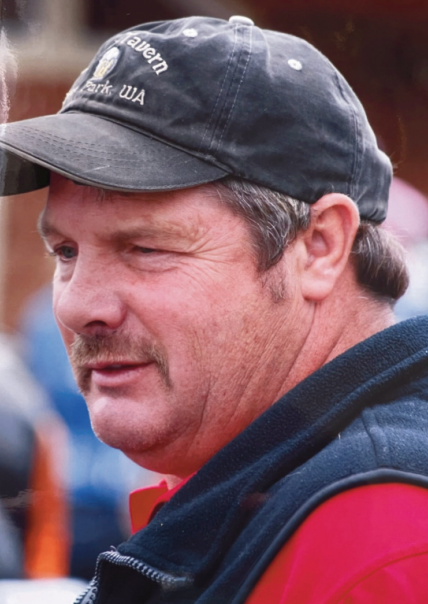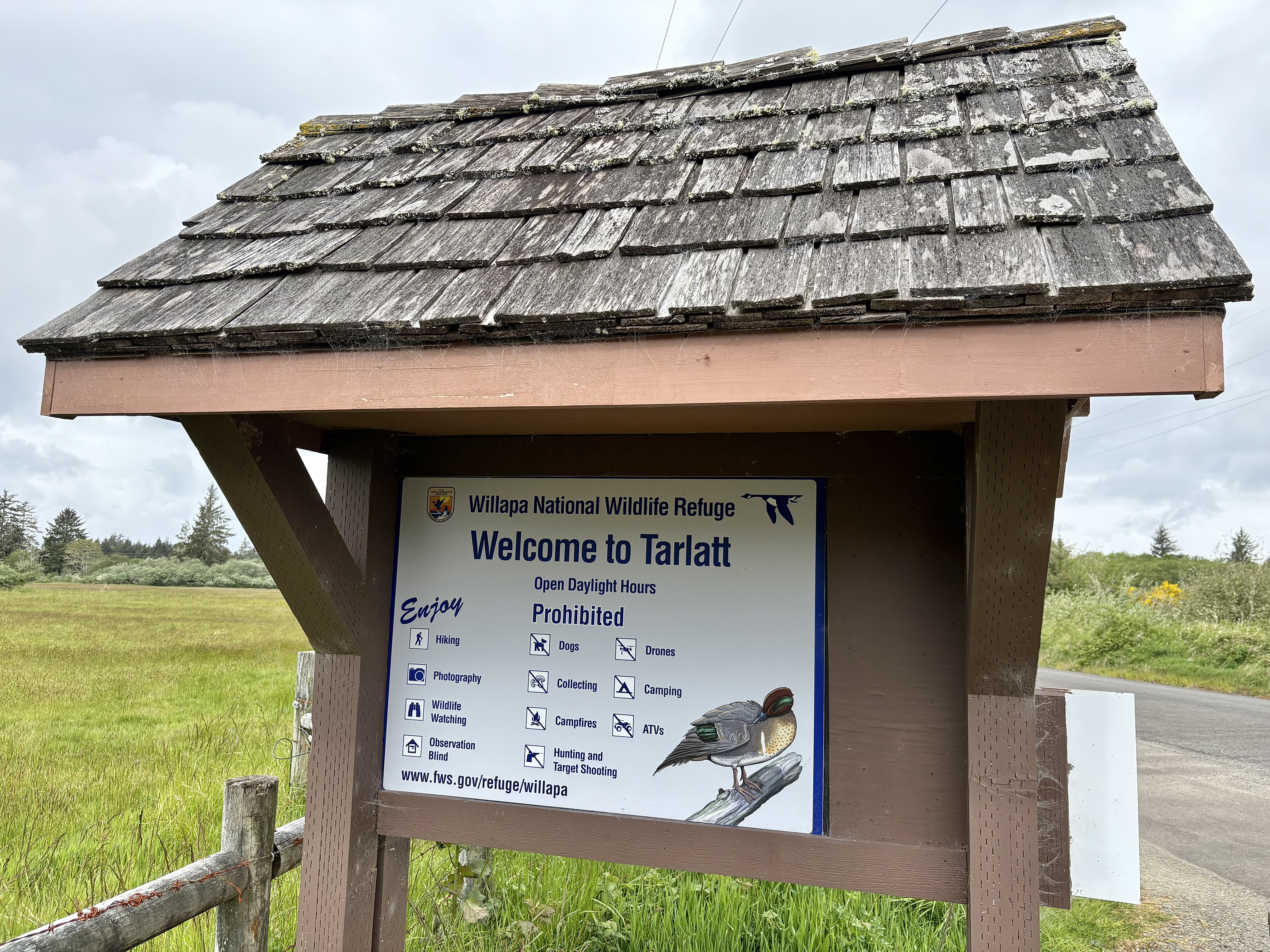Birdwatching Handsome streamlined flying aerialists: Tree swallows
Published 11:34 am Tuesday, June 19, 2018

- Metallic blue-green tree swallows make use of man-made nesting boxes, but also are at home in natural tree cavities and holes created by woodpeckers.
Tree swallows have been making their presence known at Tarlatt Slough on the southwest end of Willapa Bay since April. These handsome aerialists can still be seen flying over the Tarlatt wetlands and fields searching for insects. They have now settled into nesting mode. They can be easily observed going in and out of the nesting boxes on 85th and 95th. It appears as though there are babies in the boxes and that both parents are on feeding detail.
Trending
Feeding detail involves snagging insects including bees, ants, beetles, mayflies, dragonflies and moths. Tree swallows will also eat spiders, mollusks and round worms. According to the Cornell Ornithological Laboratory, during the breeding season, “Tree swallows [also] eat high-calcium items like fish bones, crayfish exoskeletons, clamshells and eggshells of gulls or loons.”
Tree swallows will also nest in tree cavities. Old woodpecker holes, for example, are to their liking. They breed in open habitats such as wetlands and fields that are next to a water source, just like the habitat at Tarlatt slough. Tree swallows are often seen foraging in flocks in their habitat areas. This behavior is in action at Tarlatt right now, as the parents snap up the insects that fly at altitudes of about 40 feet.
Other swallows such as the violet-green and the barn swallow also frequent Tarlatt. In fact, the barn swallow has just finished building a nest that I am sure will be filled with eggs in the next few days. It was putting the finishing touches on the inside of the nest by bringing in feathers to make the lining soft for its eggs and babies.
Trending
The tree swallow male is a brilliant blue green above with a bright white breast below and a narrow black eye mask. Females are duller with more brownish upperparts, but in some cases look exactly like the male. Young tree swallows wear completely brown upperparts. Tree swallows are about the size of a sparrow.
This is a good time to look for tree swallows, to observe their behavior and to listen for their sweet chirps as they fly overhead. Tree swallows make a great addition to one’s yard. Put up a birdhouse built especially for them and you will see!
To get to Tarlett Slough, travel on Sandridge Road to 95th Street (just south of the Public Utility District building) and drive about one-quarter mile east. The trail starts to the right after the straightaway on 95th Street.









